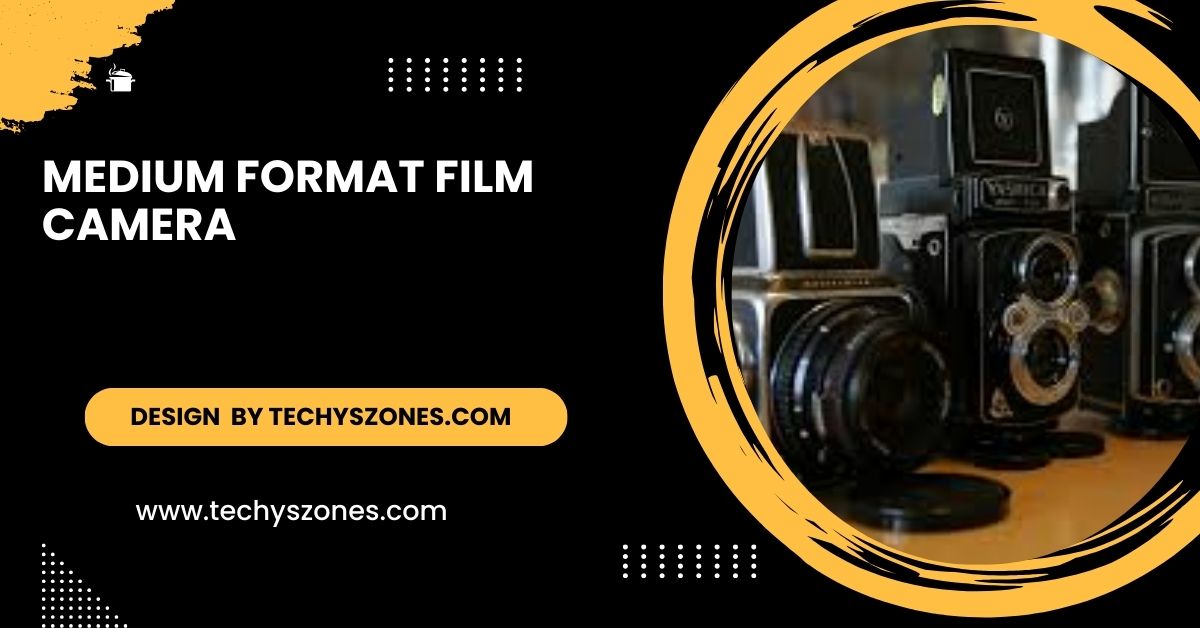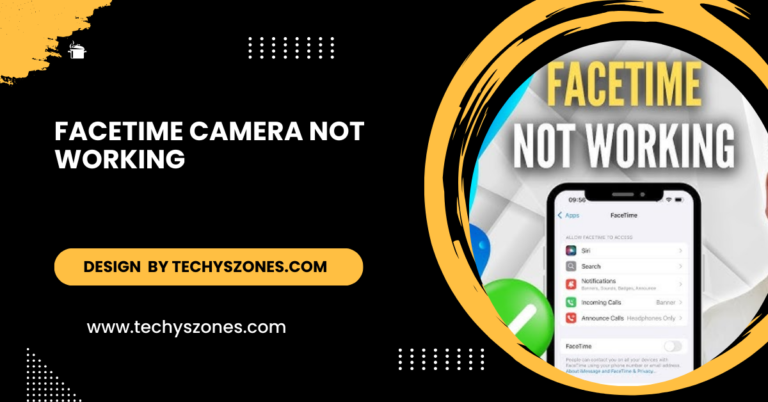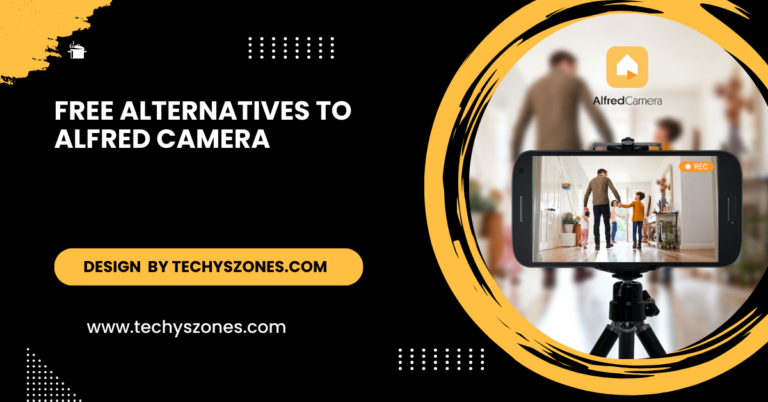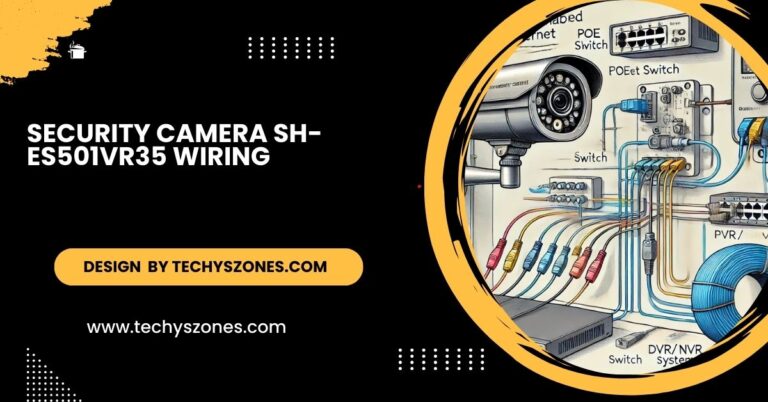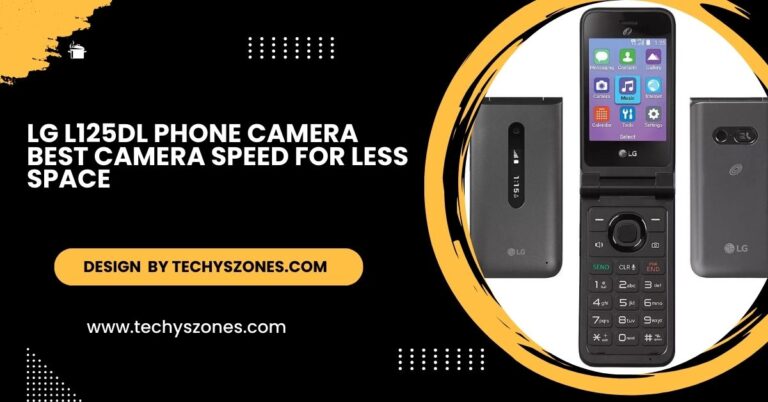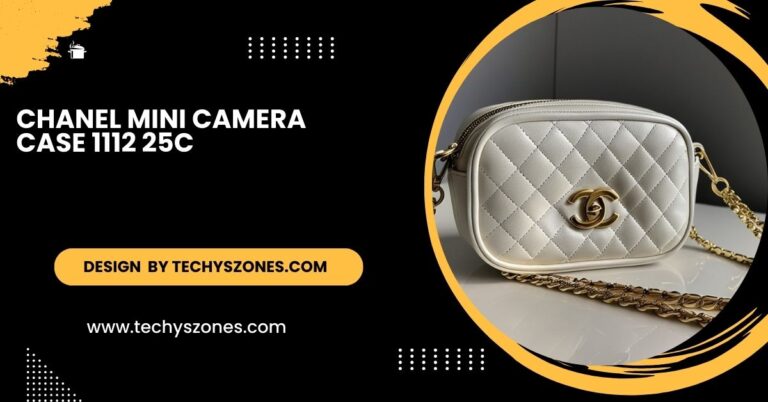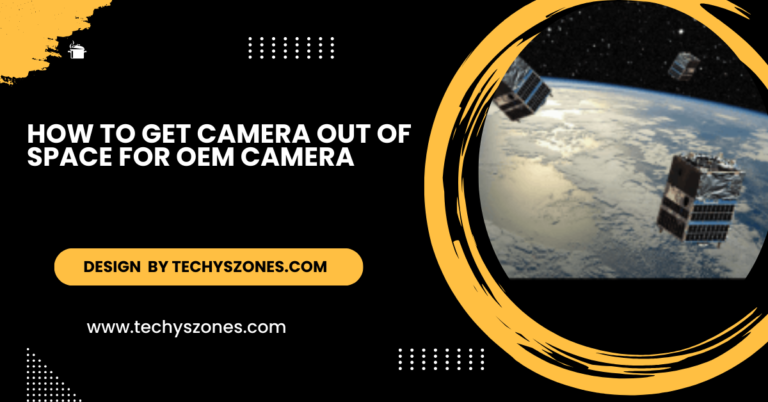Medium Format Film Camera – A Comprehensive Guide!
A medium format film camera offers higher resolution, enhanced dynamic range, unique aesthetic, and shallow depth.
Medium format film cameras use larger film sizes than standard cameras, offering better image quality. They are known for capturing more detail, vibrant colors, and a unique, artistic look.
What is a Medium Format Film Camera?
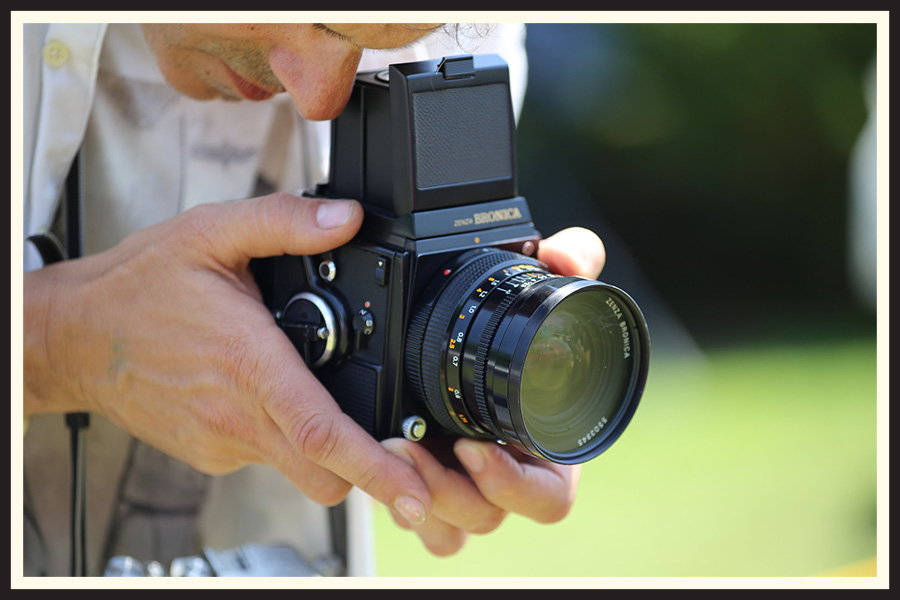
Medium format film cameras use film sizes larger than 35mm but smaller than large format (typically 4×5 inches or larger). The most common medium format film sizes are 120 and 220, offering a variety of aspect ratios, such as 6×4.5 cm, 6×6 cm, and 6×7 cm. These cameras are known for their larger negatives, which translate into higher resolution images with exceptional detail and tonal range.
Benefits of Medium Format Film Cameras:
- Superior Image Quality: The larger film size allows for more detail and better resolution, resulting in images with greater clarity and depth.
- Enhanced Dynamic Range: Medium format film captures a wider range of tones, from the deepest shadows to the brightest highlights, providing a more nuanced and rich visual experience.
- Shallow Depth of Field: The larger film area enables a shallower depth of field, making it easier to achieve a pleasing background blur (bokeh) that isolates subjects beautifully.
- Distinctive Aesthetic: The unique qualities of medium format film, including its grain structure and color rendition, offer a timeless and artistic look that is difficult to replicate with digital cameras.
- Durability and Longevity: Many medium format cameras are built to last, with robust mechanical components that have stood the test of time.
Popular Medium Format Film Camera Models:
- Hasselblad 500 Series: Known for its modular design, excellent build quality, and sharp Zeiss lenses, the Hasselblad 500 series is a favorite among professional photographers. The system’s flexibility allows photographers to swap lenses, viewfinders, and film backs, catering to various shooting styles.
- Mamiya RB67/RZ67: These cameras are known for their rotating backs and exceptional optics, making them versatile tools for studio and portrait photography. The RB67 is fully mechanical, while the RZ67 adds electronic features, offering more control over exposure settings.
- Pentax 67: Resembling a giant 35mm SLR, the Pentax 67 is popular for its ergonomic design and wide selection of high-quality lenses. Its large mirror and prism provide a bright viewfinder experience, making composition easier.
- Bronica SQ Series: Offering a more affordable entry point into medium format photography, the Bronica SQ series is praised for its reliability and image quality. The square format (6×6 cm) is ideal for photographers who enjoy symmetrical compositions.
- Yashica Mat 124G: A twin-lens reflex (TLR) camera that is compact, lightweight, and perfect for those starting with medium format photography. Its simple operation and classic design make it a popular choice among vintage camera enthusiasts.
Also read: On Camera Audiences – Engaging Viewers In The Digital Age!
Tips for Getting Started with Medium Format Film Cameras:
- Learn the Basics: Familiarize yourself with the manual controls, such as shutter speed, aperture, and focus, to fully utilize the camera’s capabilities. Understanding how these settings interact will help you achieve the desired exposure and artistic effect.
- Choose the Right Film: Experiment with different film stocks to find the one that best suits your style and the lighting conditions you shoot in. Popular options include Kodak Portra for its excellent skin tones and Fujifilm Velvia for its vibrant colors and fine grain.
- Practice Composing Shots: The larger viewfinder and different aspect ratios may take some getting used to, so practice composing shots to make the most of the medium format’s unique framing. Consider using a tripod to stabilize the camera and carefully plan each shot.
- Be Patient: Medium format photography often requires a slower, more deliberate approach. Take your time to set up each shot and enjoy the process. This mindful approach can lead to more thoughtful and impactful images.
- Explore Developing Options: Learn about developing your film at home or choose a reputable lab to ensure the best results from your negatives. Home developing can be a rewarding process, allowing you to have complete control over the final image.
- Maintain Your Equipment: Regular maintenance is crucial for keeping your medium format camera in top condition. Clean the lenses, check the seals, and ensure the film advance mechanism works smoothly to avoid any issues during shooting.
Advanced Techniques for Medium Format Photography:
- Multiple Exposures: Experiment with multiple exposures to create unique and artistic images. Some medium format cameras, like the Mamiya RZ67, have a dedicated multiple exposure feature, making it easy to blend different scenes into one frame.
- Long Exposures: Utilize the larger film size for long exposure photography, capturing stunning light trails, star movements, or silky smooth water effects. Use a sturdy tripod and a remote shutter release to minimize camera shake.
- Portrait Photography: Take advantage of the shallow depth of field and beautiful bokeh offered by medium format cameras to create striking portraits. Focus on the eyes and use a wide aperture to make your subject stand out against a soft background.
- Landscape Photography: The high resolution and dynamic range of medium format film make it ideal for capturing expansive landscapes. Use a narrow aperture to ensure everything from the foreground to the background is in sharp focus, and consider using filters to enhance the scene.
- Macro Photography: With the right lens and accessories, medium format cameras can excel in macro photography, capturing intricate details of small subjects. Extension tubes or bellows can help achieve closer focusing distances.
FAQ’s
1. What is a medium format film camera?
A medium format film camera uses larger film than 35mm, typically 120 or 220, for higher resolution and detailed images.
2. What are the benefits of using a medium format camera?
Benefits include superior image quality, enhanced dynamic range, shallow depth of field, and a distinctive aesthetic.
3. What are some popular medium format camera models?
Popular models include the Hasselblad 500 Series, Mamiya RB67/RZ67, Pentax 67, Bronica SQ Series, and Yashica Mat 124G.
4. How can I get started with medium format photography?
Learn basic camera controls, choose the right film, practice shot composition, and maintain your equipment.
5. What advanced techniques can I use with medium format cameras?
Techniques include multiple exposures, long exposures, portrait, landscape, and macro photography for detailed and artistic results.
Conclusion:
Medium format film cameras provide exceptional image quality with higher resolution, enhanced dynamic range, and unique aesthetics. Their larger film size results in more detailed, vibrant images, making them ideal for professional photographers seeking superior tonal range and shallow depth of field. These cameras offer a timeless, artistic photography experience.

